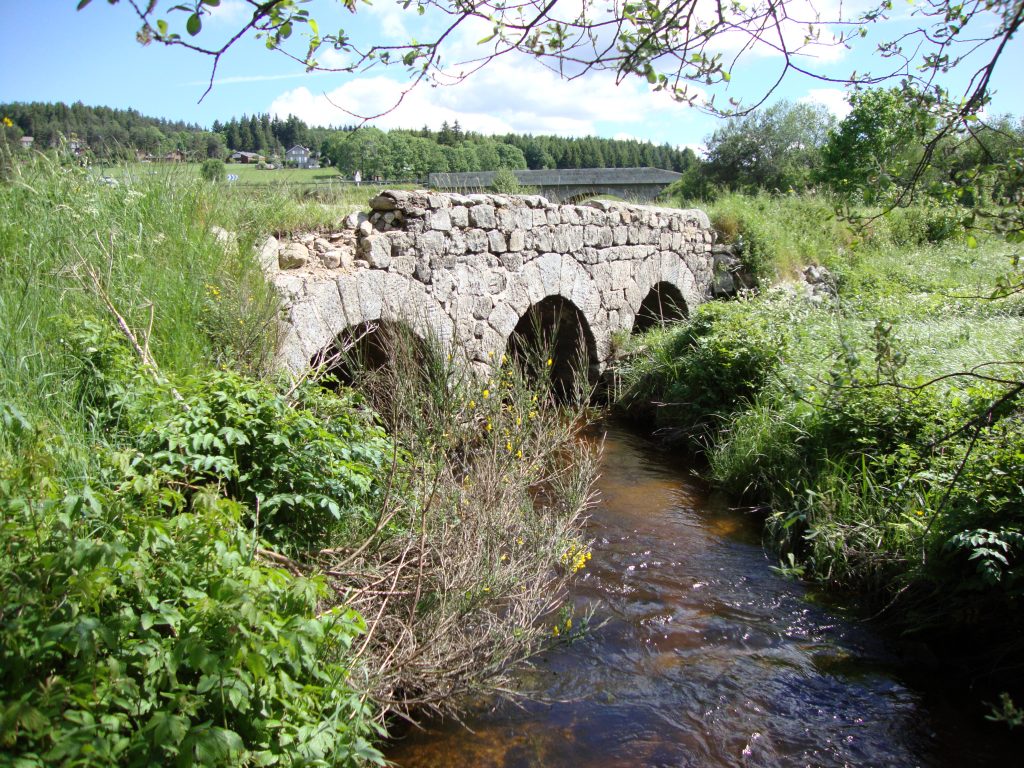
In 2015, Erich Schwam (1930-2020) wanted to meet the mayor of Le Chambon-sur-Lignon, Eliane Wauquiez, to discuss the possibility of leaving a legacy to the town. At the time, he lived in a small house in La Tour-de-Salvagny. As he had no children of his own, he wished to give his possessions to Le Chambon, without knowing their precise value, in order to ‘support the future of the children of Le Chambon, as he had benefited from being hidden there during the Holocaust and then continuing his studies there at secondary school’.
And so, after his death, all his possessions were donated to the town. On the wall of his house, the employees of Le Chambon Town Hall found a letter from Erich Schwam’s mother, Malcie, in which she shared with her son a poem by Simone Weil: ‘What you gave will remain of you instead of being kept in rusty chests. There will be left of you, of your secret garden, a forgotten flower that has not withered. What will remain of you is what you offered between your open arms one morning in the sun.’
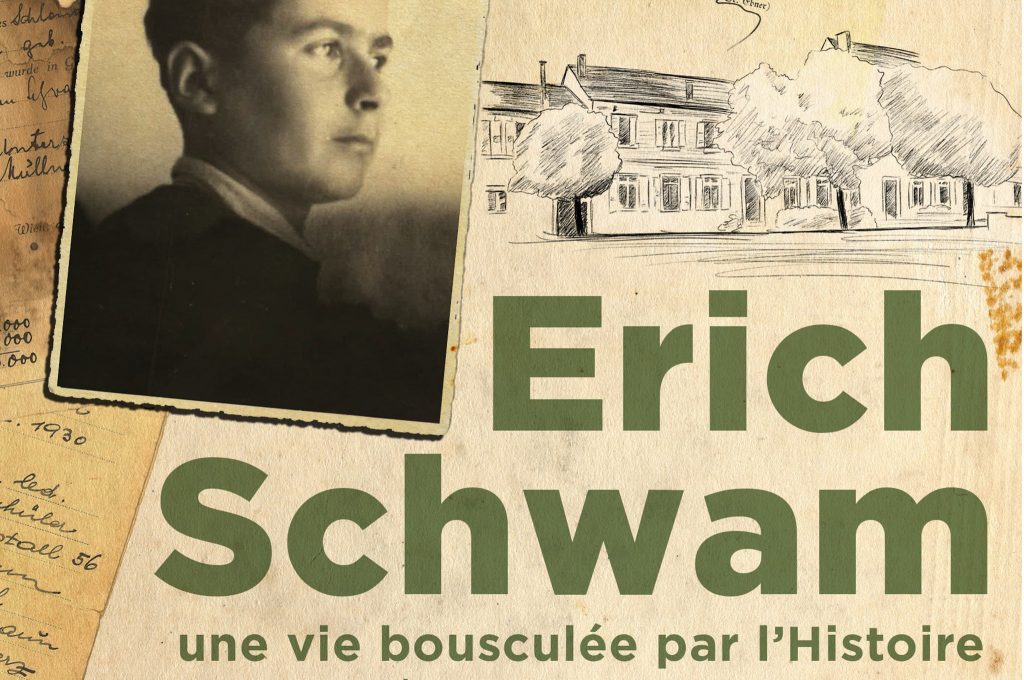
Erich Schwam was born in Vienna on 21 October 1930. He spent the first nine years of his life with his parents in the 17th arrondissement of the Austrian capital. His father Oskar was a doctor. Following the Anschluss, they were threatened and soon moved to the 20th arrondissement. In March 1939, a Chinese diplomat gave them a visa for Shanghai. These documents enabled them to flee the country and go to Belgium, where they lived in Brussels. Following the German invasion of May 1940, the family was moved with other refugees ‘from enemy countries’ to the south of France.
Oskar was sent to the Milles camp, near Marseille. As for Malcie and Erich, they were interned in the Rivesaltes camp, near Perpignan, where they stayed for over a year. In August 1942, when Erich and his mother were due to be deported to Auschwitz, they were exempted two days earlier, saved by Friedel Bohny-Reiter, who was helping the internees with the Swiss Red Cross. A few weeks later, Oskar was sent to Rivesaltes, where he was reunited with his family.
When the camp closed, the Schwam family followed Friedel, who took them to Le Chambon-sur-Lignon, to a house run by Secours Suisse and managed by her husband. This was the ‘Faïdoli children’s home’, where other young boarders were housed, often orphans whose parents had been deported (the house was converted into a shared house with six flats in 2022). The Schwams arrived at Le Chambon in February 1943. As men were more likely to be arrested, Oskar went into hiding in a farmhouse on the plateau. The Schwam family also hid for a time in Saint-Jeures in the Exbrayat family’s attic, which had been converted into a dormitory. Young Erich went to school there and made friends and enjoyed life.
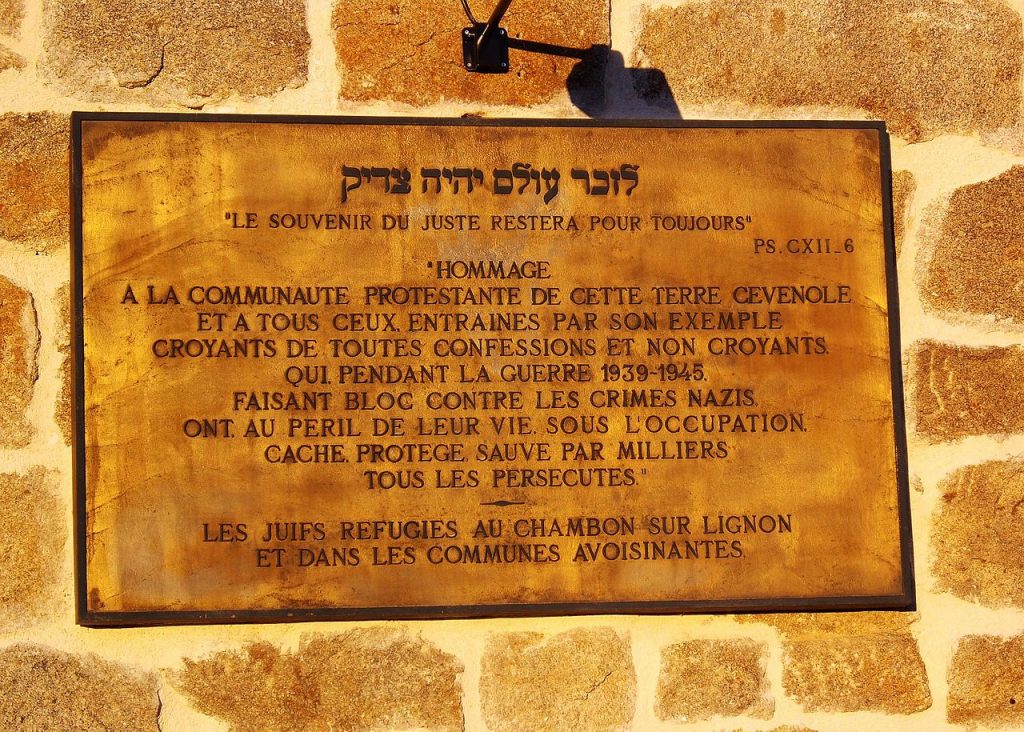
After the Liberation, they decided to stay in Le Chambon. Erich studied at the Cévenole secondary school, where he passed his Baccalauréat. In 1949, he began studying pharmacy at Lyon University, while his parents returned to Austria. After graduating in 1956, Erich obtained French nationality the following year, following many lengthy procedures. He participated in the successful development of a laboratory, which enabled him to earn a good living.
The total bequest amounts to three million euros. The Town Hall undertook to respect his wishes to help young people in their studies, in particular by renovating the school and ensuring its smooth running, as well as sharing the memory of the village’s courage during the Holocaust. The exhibition ‘Erich Schwam: a life turned upside down by history’ was organised by the town hall from 6 July to 20 September 2021.
It is a story of one man’s gratitude to a village that saved him and his parents and enabled him to live as happily as possible during this terrible period. It’s a story that has prompted numerous articles and a fine documentary by Jérôme Lévy. Perhaps it will motivate younger generations to find out more about this courageous village, this village of discreet Righteous Men.
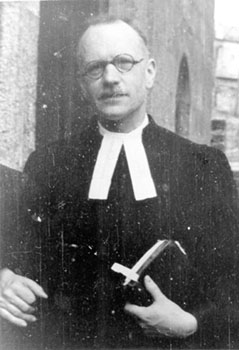
The travelling exhibition ‘La Montagne refuge’ (The Mountain of Refuge) recounts the extraordinary courage shared by the villagers of Le Chambon-sur-Lignon and the surrounding villages on this mountainous plateau with its long, harsh winters. As a result, there were fewer visits from the militia and they could be seen arriving from afar. With a large Protestant population, open to welcoming people of different faiths and countries for a long time. So, 112 Spaniards fleeing Franco’s regime were welcomed.
The day after the ‘Munich agreements’ of 1938, which marked the beginning of the capitulation to Germany, the mayor of Le Chambon, Charles Guillon, sent this message to the population: ‘Foreseeing that the worst could become a reality, you will respond to the appeal of my colleagues on the Town Council to receive, immediately and unselfishly, all those fleeing the large centres under threat. Above all, you have prepared to receive hundreds of children and adults into your homes to shelter them from the bombings and the war…’.
Following the regime of Vichy’s anti-Semitic legislation, rescue associations, in particular the OSE, organised themselves to enable Jews to flee the country or hide in remote villages, among them Le Chambon. They were housed in the homes of these associations, farms and boarding houses. The situation accelerated from 1942 onwards. Most of the attempted arrests were unsuccessful, thanks to the courage and discretion of the local people, who had found houses to hide families in places that happened to be too easy to identify, such as the homes of associations.

André Trocmé became the pastor of Le Chambon following the election of Charles Guillon as mayor, who previously was the village’s pastor. In the aftermath of the armistice in June 1940, he and his colleague Edouard Theis urged parishioners to resist with ‘weapons of the spirit’. The two men also founded the Collège de Cévenol. In this way, the rescue of the Jews was organised collectively. Magda Trocmé, the pastor’s wife, as well as the OSE, the CIMAD and others supervised the network of families.
On 29 June 1943, the Maison des Roches (House of Rocks), a reception centre for young men aged 18 to 30, was rounded up by the German authorities. 18 of them, along with their director, Daniel Trocmé, the pastor’s cousin, were arrested. Imprisoned in Moulins, he was later transferred to Compiègne and Dora, before being deported to Majdanek in March 1944, where he was murdered. Daniel Trocmé had moved to Le Chambon in 1941 to run the Grillons boarding school set up by American Quakers to shelter Jewish refugee children.
The Resistance became increasingly active militarily in the region, and its members found refuge in the houses on the Plateau. A monument in Montbuzat, erected in 1945, pays tribute to five Resistance fighters and four local residents murdered by militiamen.
According to historians, several thousand Jews were saved by the village of the Righteous, Chambon and the neighbouring communes, recognised as such in 1990 by Yad Vashem. 90 Righteous were recognised in Chambon.
A Place of Remembrance was inaugurated in 2013, dedicated to preserving and passing on the history of the Plateau’s welcome and resistance during the Second World War. It features a permanent trail telling the story of the rescue and a memorial room with numerous testimonies. Educational activities are organised for schools.
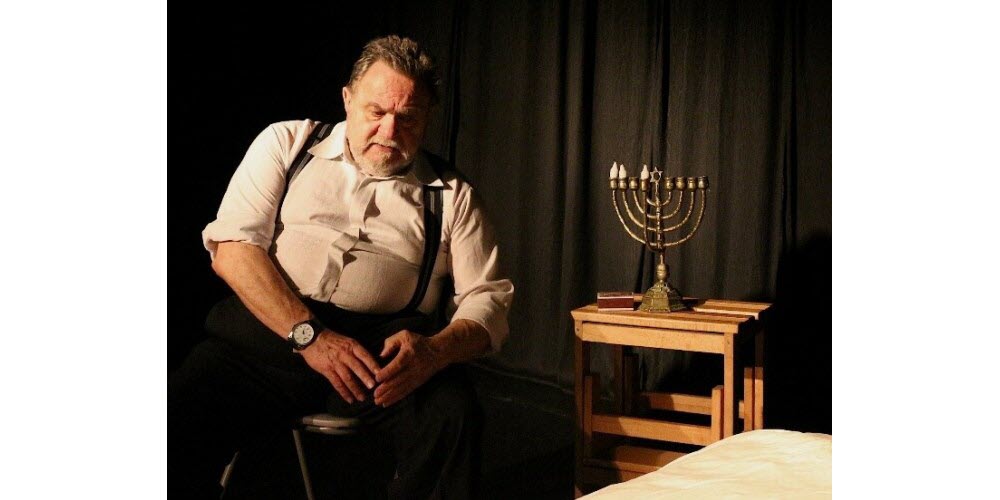
In 2017, actor Daniel Milgram created the play ‘God, Brando and me’ as a tribute to his family and to Le Chambon, where he was hidden during the war, having been born in 1942. In an interview at the time of the play’s release, he told us about the rescue: ‘The OSE suggested that we be placed at Maison d’Izieu, but I was too small and my family didn’t want to separate me from the other young members of the family. OSE found a solution for the four of us, just next to Le Chambon, at La Bâtie de Cheyne. I stayed with some farmers, the Kittler family. My brother Claude stayed with my aunt Hélène, the Ollivier family, and my uncle Léon with the Cros family. All this in a small village where there are four or five houses chasing each other. Mine was way out in the middle of the woods. We were lucky to survive. Here we are!’
A memorial route is being organised by the Place of Remembrance in Le Chambon-sur-Lignon. This route has been set up in partnership with the association of Friends of the Place of Remembrance and with the support of the Friends of Vieux Tence. The sites listed include the commemorative plaque at the Place of Remembrance, inaugurated in 1979; the Monument of Montbuzat ; the Monument in tribute to the inhabitants of Villelonge and to Pierre Piton ; the Stele in memory of the Resistance fighters ; the Remembrance Tree ; the Stele of the Stationary ; the Plaque at the House of Rocks; the Plaque of Roger Le Forestier’s house and the Stele of Charles Guillon’s house .
You can also contact the Tourist Office of the Haut-Lignon